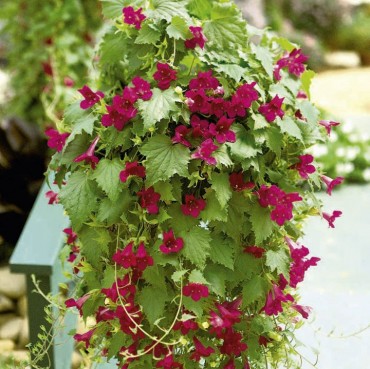The birth flower for October is the Calendula, otherwise known as the Marigold or Pot Marigold. In total there are about 20 different species, some annual and some perennial, all belonging to the daisy family, Asteraceae. Prolific self-seeders, Calendula seeds will flower from June through to first frosts.
 Insects are greatly attracted to Calendulas and for this reason they are sometimes used as a sacrificial plant, drawing aphids and other baddies away from more highly prized plants. As well as being a very attractive bedding plant the Calendula has a great many other uses – culinary, cosmetic skin care, and medicinal.
Insects are greatly attracted to Calendulas and for this reason they are sometimes used as a sacrificial plant, drawing aphids and other baddies away from more highly prized plants. As well as being a very attractive bedding plant the Calendula has a great many other uses – culinary, cosmetic skin care, and medicinal.
Calendula petals are edible with a slightly tart or bitter taste. They are often added to salads to give a spicy flavour or popped in stews and sauces to enhance both colour and taste. Perhaps this is where the name “Pot” Marigold comes from? The petals can also be dried and then used as a substitute for the far more expensive saffron and they are even added to some chicken feed to enhance the colour of the egg yolk.
Calendula petals are used in various cosmetic lotions and potions as a treatment for both oily skin and dandruff. Their antiseptic properties help with treating sore, chapped skin and so they often feature in handcreams and lip salves.
 Only the deep orange coloured Calendula are used in medicine. The oil is highly valued as it is both antiseptic and anti-inflammatory. The romans used Calendula to treat scorpion stings and the Elizabethans found it useful in combatting headaches, chills and fevers. Today Calendula oil is used for healing wounds and for treating mouth sores and ulcers.
Only the deep orange coloured Calendula are used in medicine. The oil is highly valued as it is both antiseptic and anti-inflammatory. The romans used Calendula to treat scorpion stings and the Elizabethans found it useful in combatting headaches, chills and fevers. Today Calendula oil is used for healing wounds and for treating mouth sores and ulcers.
So, we can use Calendula to keep insects off other plants, we can add the petals to our food, we can use them to dye our clothes (or hair), improve our skin and can use them to heal cuts, scrapes and other ailments. Or we can just plant them in our gardens and admire their beauty and versatility.
Last Updated on March 14, 2023 by Suttons Horticultural Team





